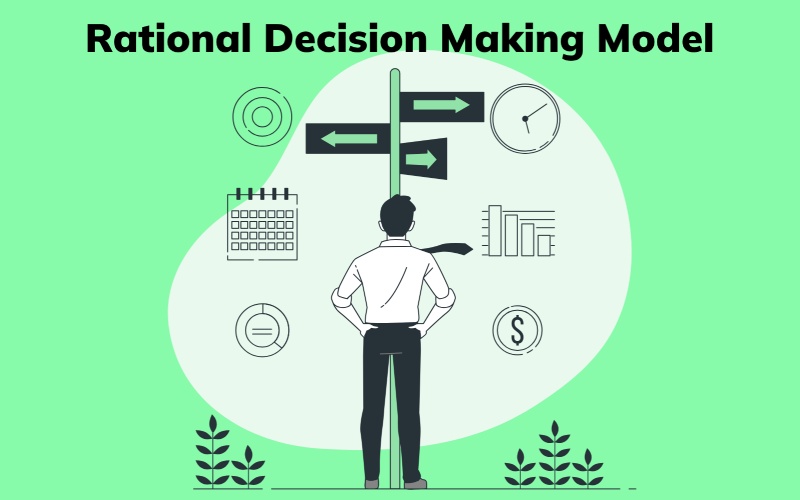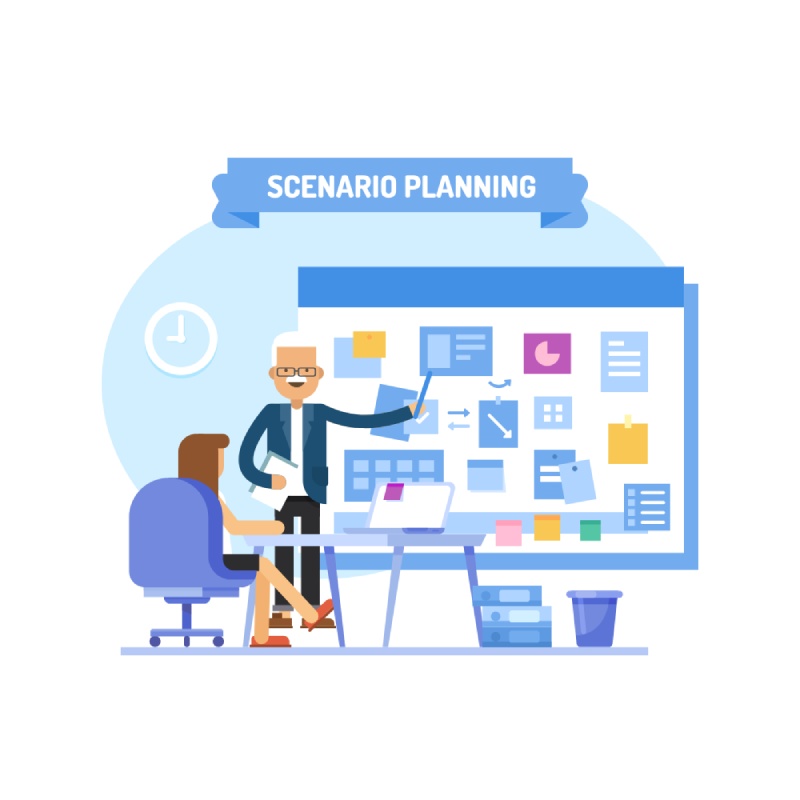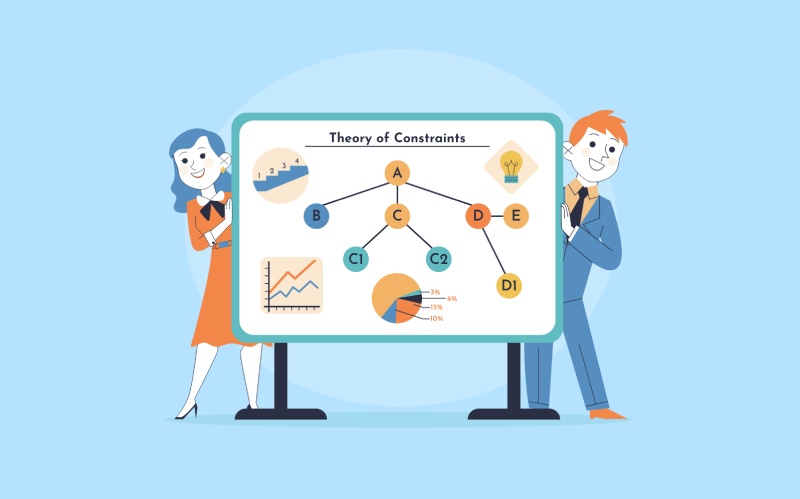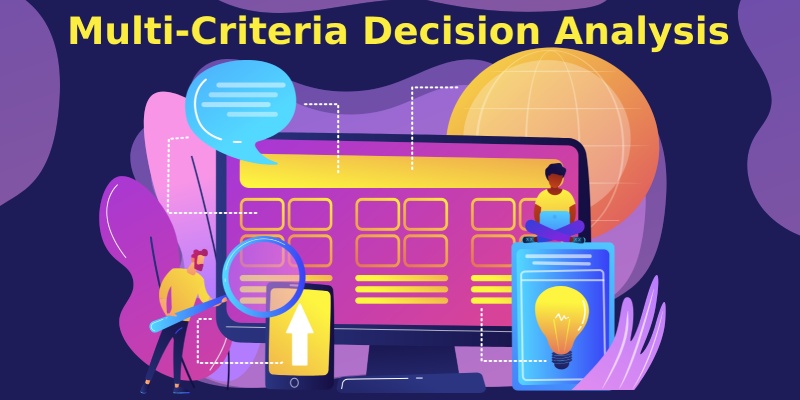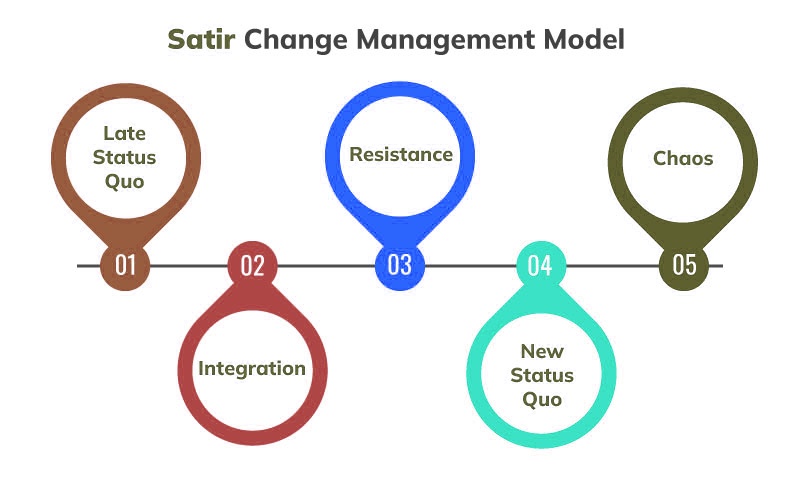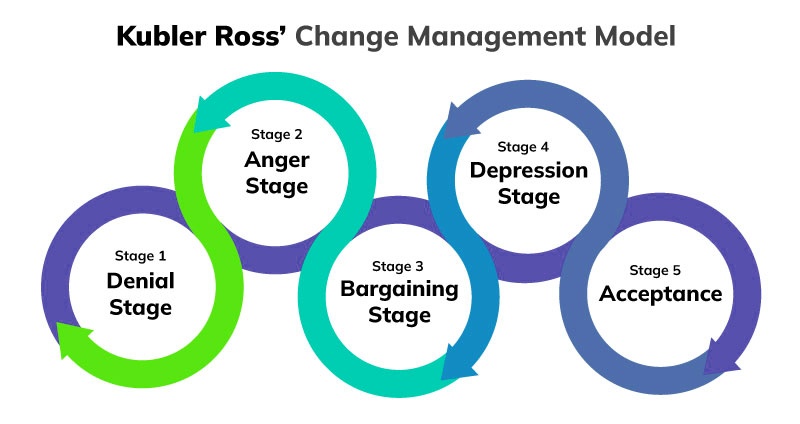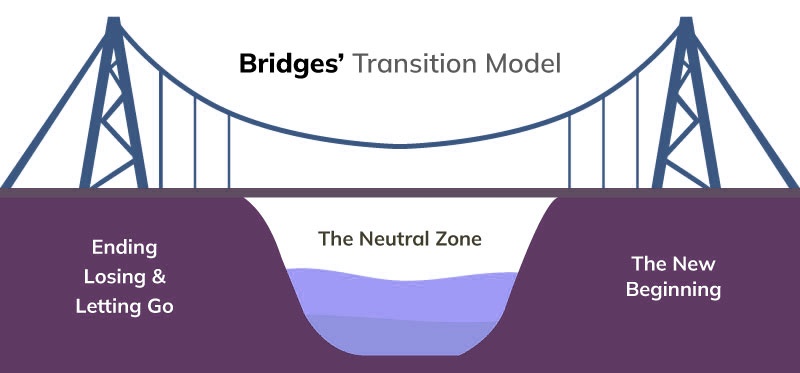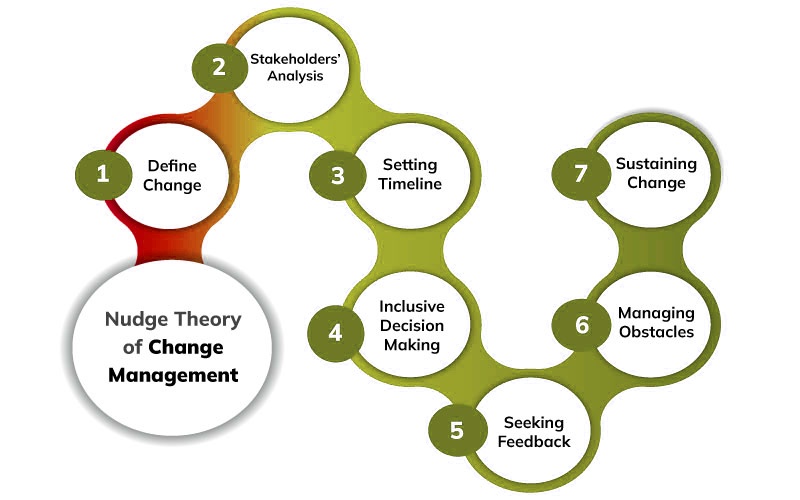Overview
Making decisions is an integral part of our daily lives, whether we realize it or not. From choosing what to wear in the morning to deciding on complex business strategies, we constantly navigate through a myriad of choices. However, not all decisions are made equal. Some are impulsive, while others are carefully weighed and analyzed. In the realm of strategic planning and problem-solving, the Rational Decision-Making Model stands as a guiding framework. In this blog, we'll delve into the depths of the rational decision making model, exploring its steps, applications, and significance in facilitating effective decision-making.
Table of Contents
Understanding the Rational Decision-Making Model
The Rational Decision-Making Model is a structured and systematic approach to making decisions. It is based on the notion of rationality, where individuals or groups make decisions that are logical, consistent, and in line with their goals. The model provides a step-by-step process to ensure that decisions are well-thought-out and informed by relevant information.
Steps of the Rational Decision-Making Model
Identify the Problem
The first step in the rational decision-making model is to clearly identify the problem or decision that needs to be addressed. This involves understanding the nature of the issue, its scope, and its potential impact on the organization or individual.
Gather Information
Once the problem has been identified, the next step is to gather relevant information and data that will help in understanding the problem better and in generating possible solutions. This may involve conducting research, collecting data, seeking expert opinions, and consulting relevant sources.
Evaluate Alternatives
With sufficient information at hand, the decision-maker(s) can then generate a list of possible alternatives or solutions to the problem. Each alternative should be carefully evaluated based on its feasibility, effectiveness, potential risks, costs, and benefits.
Consider Consequences
Before making a decision, it's important to consider the potential consequences of each alternative. This includes assessing both the short-term and long-term implications of the decision on various stakeholders, as well as any ethical or legal considerations.
Make the Decision
After weighing the pros and cons of each alternative and considering its consequences, the decision-maker(s) must select the most suitable option. This decision should be based on rational analysis rather than personal biases or emotions.
Implement the Decision
Once the decision has been made, it needs to be implemented effectively. This involves developing a plan of action, allocating resources, assigning responsibilities, and setting deadlines. Clear communication and coordination are essential during this stage to ensure successful implementation.
Monitor and Evaluate
After the decision has been implemented, it's important to monitor its progress and evaluate its outcomes. This helps in assessing whether the decision was effective in addressing the problem and achieving the desired goals. If necessary, adjustments can be made to the decision or its implementation process based on feedback and new information.
Learn from the Decision
Finally, it's crucial to reflect on the decision-making process and learn from both its successes and failures. This involves identifying lessons learned, understanding what worked well and what didn't, and using this knowledge to improve future decision-making processes.
Applications of the Rational Decision-Making Model
The Rational Decision-Making Model finds application across various domains, including:
Business Management: Leaders and managers use this model to make strategic decisions regarding product development, resource allocation, market expansion, and more. By systematically evaluating alternatives, they can optimize outcomes and minimize risks.
Public Policy: Government officials and policymakers employ the rational decision-making process to formulate policies and regulations. This ensures that decisions are grounded in evidence and aimed at addressing societal needs and challenges.
Personal Decision-Making: Individuals utilize the model to make important life decisions, such as career choices, financial investments, or major purchases. By following a structured approach, they can make informed decisions that align with their values and objectives.
Project Management: Project managers rely on the Rational Decision-Making Model to solve problems, resolve conflicts, and prioritize tasks within project teams. It facilitates collaboration and ensures that decisions are made with the project's success in mind.
Significance of the Rational Decision-Making Model
The Rational Decision-Making Model offers several advantages:
Systematic Approach: The model provides a structured and systematic approach to decision-making, guiding individuals and organizations through a series of logical steps. This systematic approach helps in organizing thoughts, analyzing information, and making informed choices.
Objectivity: By emphasizing logic, reason, and objective analysis, the model helps decision-makers minimize the influence of biases, emotions, and personal preferences. This promotes rational decision-making that is based on facts, evidence, and careful evaluation of alternatives.
Consistency: The model promotes consistency in decision-making by providing a standardized framework that can be applied consistently across different situations and contexts. This ensures that decisions are made in a fair and impartial manner, regardless of individual differences or external pressures.
Risk Management: By considering the potential consequences of each alternative and evaluating their risks, the model helps in managing risk effectively. Decision-makers can identify and mitigate potential risks before making a decision, thus reducing the likelihood of negative outcomes.
Transparency: Following a rational decision-making process enhances transparency in decision-making, as it allows stakeholders to understand the reasoning behind a decision and the factors considered in the decision-making process. This fosters trust and accountability within organizations and among stakeholders.
Strategic Planning: The model facilitates strategic planning by guiding decision-makers to consider long-term goals, consequences, and implications of their decisions. It helps in aligning decisions with organizational objectives and in prioritizing actions that contribute to overall success.
Continuous Improvement: Through the process of monitoring, evaluating, and learning from decisions, the model promotes a culture of continuous improvement. Decision-makers can identify areas for improvement, learn from past experiences, and refine their decision-making skills over time.
Decision Quality: Ultimately, the Rational Decision-Making Model aims to improve the quality of decisions by providing a structured framework for assessing alternatives, considering consequences, and selecting the most appropriate course of action. This leads to better outcomes and increased success in achieving goals.
Conclusion
In conclusion, the Rational Decision-Making Model serves as a valuable tool for individuals and organizations seeking to navigate through the complexities of decision-making. By following a systematic approach, decision-makers can enhance their ability to make sound, rational choices that lead to favorable outcomes. Whether in business, government, or personal life, mastering this model can empower individuals to become more effective problem-solvers and decision-makers in their respective fields.


